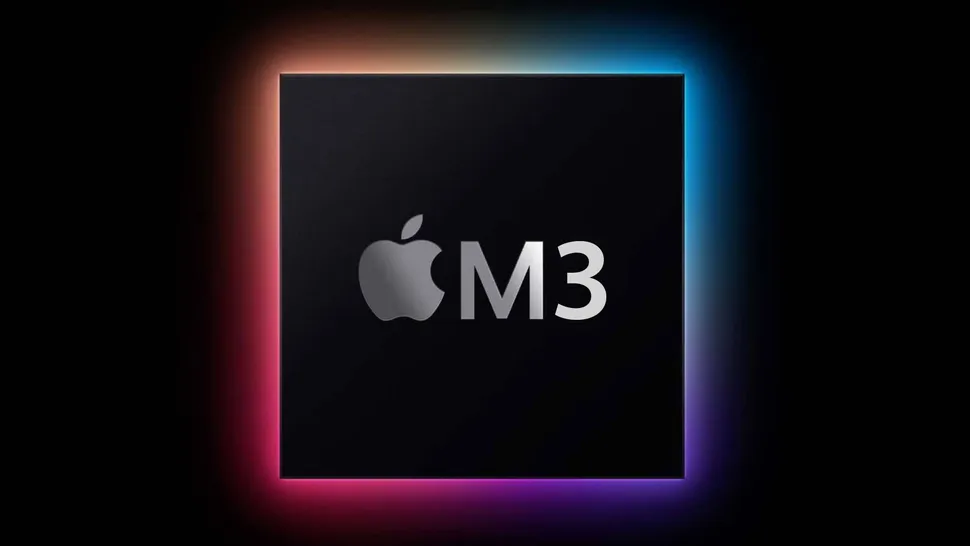In late 2022, TSMC announced the start of production for its advanced 3nm process. At that time, it was widely known that Apple was the main customer for TSMC's initial run of 3nm wafers. Apple reportedly purchased a significant portion of these wafers to secure its position as the first tech giant to offer devices with this cutting-edge technology. The cost of Apple's exclusive access to TSMC's 3nm process can be quite staggering. According to an analyst, Apple spent around $1 billion for the tape-out process alone, which is the final phase of chip design.

Apple officially introduced its first 3nm chip, the A17 Pro, with the iPhone 15 Pro and Pro Max in September. Recently, Apple revealed its M3 lineup of SoCs for the iMac and MacBook Pro, which are larger and more complex than the iPhone chips. The A17 Pro chip, for example, contains 19 billion transistors, while the M3 Max SoC boasts a whopping 92 billion transistors.
To develop these chips, Apple had to incur significant expenses. One estimate suggests that Apple spent $1 billion on the tape-out phase alone. The tape-out phase signifies the finalization of the chip design and the creation of photomasks used in manufacturing.
This substantial figure, mentioned by analyst Jay Goldberg on a finance podcast, indicates that Apple invested much more than the mentioned amount to gain a multi-year lead over competitors in offering 3nm products. Surprisingly, there are suggestions that Apple did not have a special deal with TSMC that would have exempted it from paying for faulty wafers. Although the exact truth remains unknown, if Apple did pay for both good and faulty wafers, it would have been a significant investment since TSMC's yield rates were reportedly only around 55%.
While these figures may seem significant for most tech companies, they represent a small portion of Apple's resources. CNBC reports that Apple has approximately $162 billion in cash on hand and generated $89 billion in revenue in the last quarter alone. As a point of comparison, Nvidia earned $13 billion in the same quarter, while AMD earned $5.8 billion. These numbers highlight that Apple operates on a different scale entirely. Both Nvidia and AMD are expected to adopt TSMC's 3nm technology in the future, but they will likely wait for TSMC's next iteration (N3E) with improved yields, fewer layers, and slightly lower costs.







